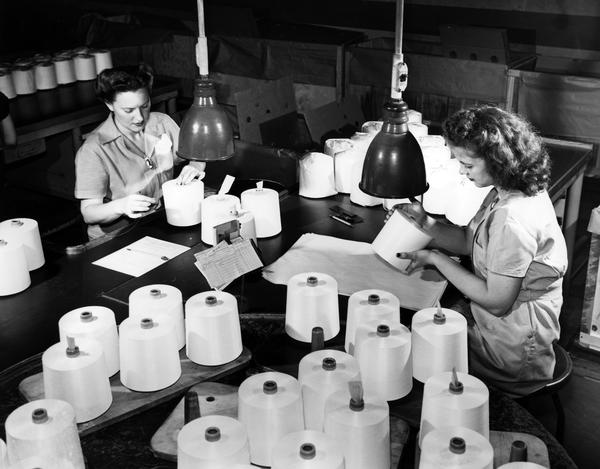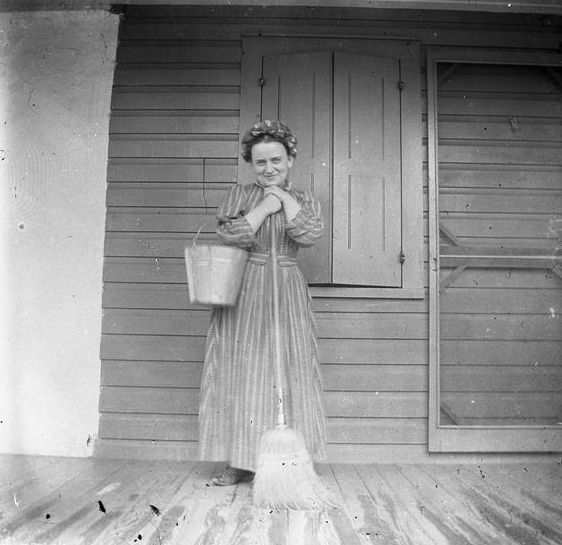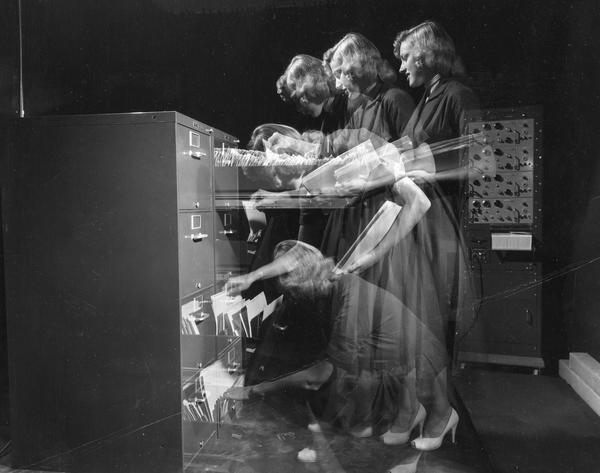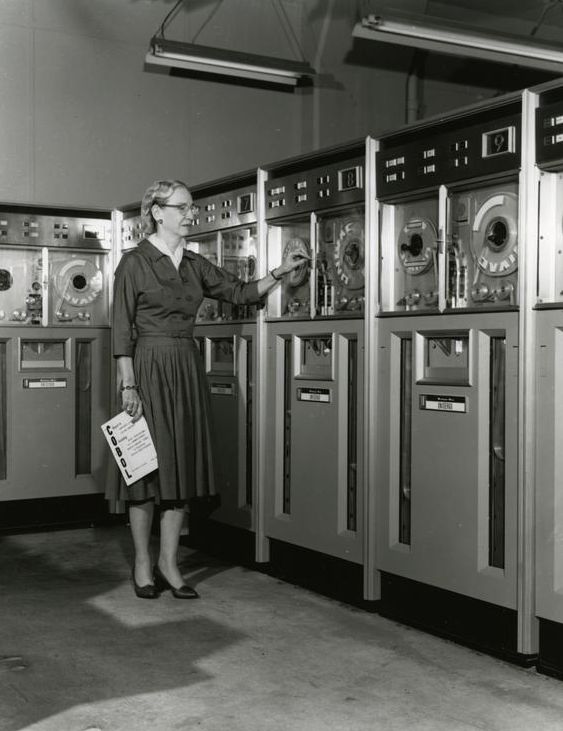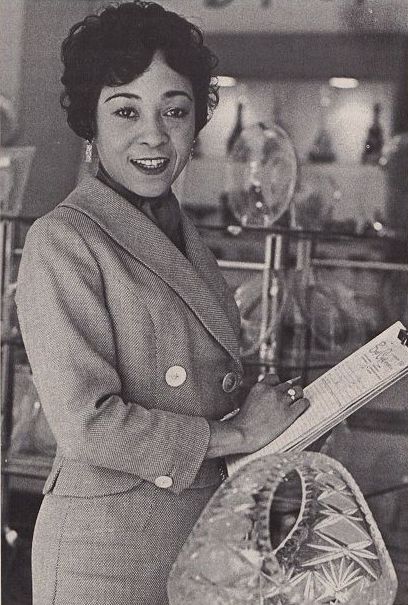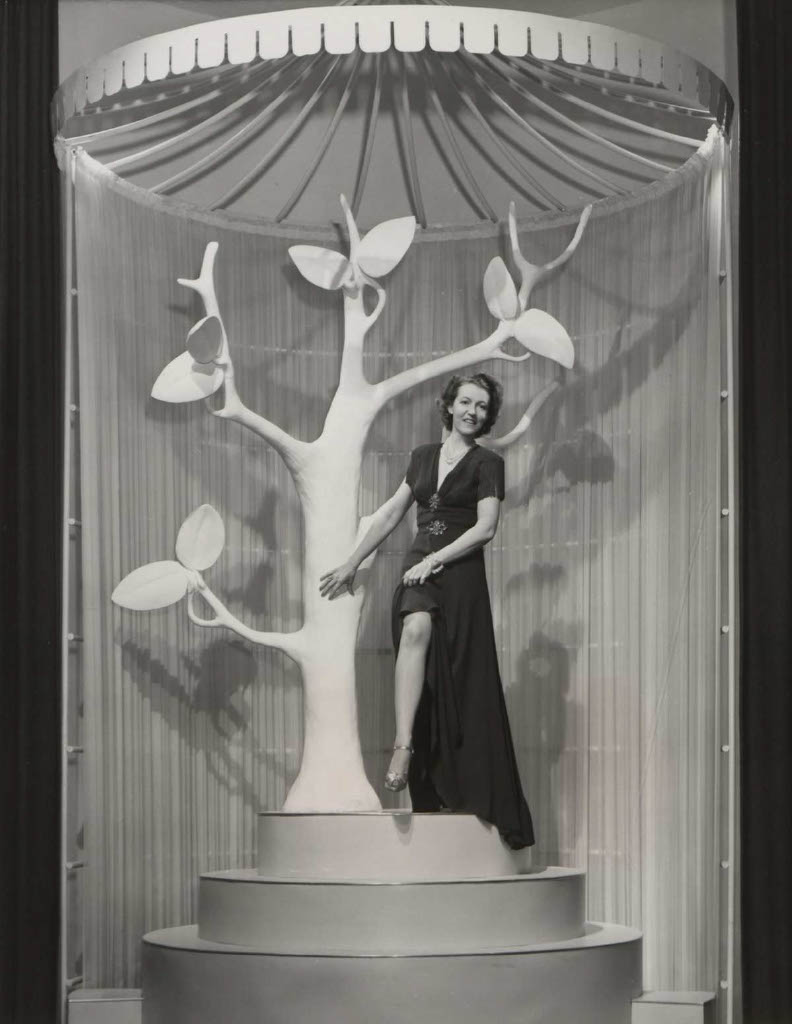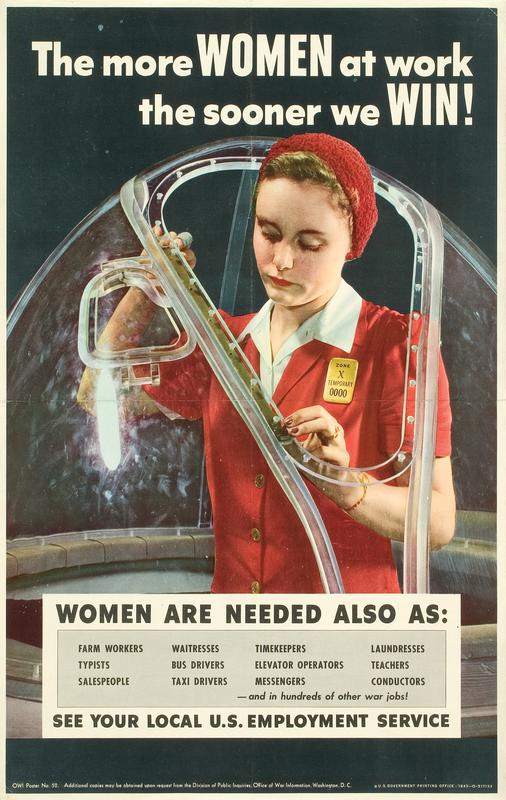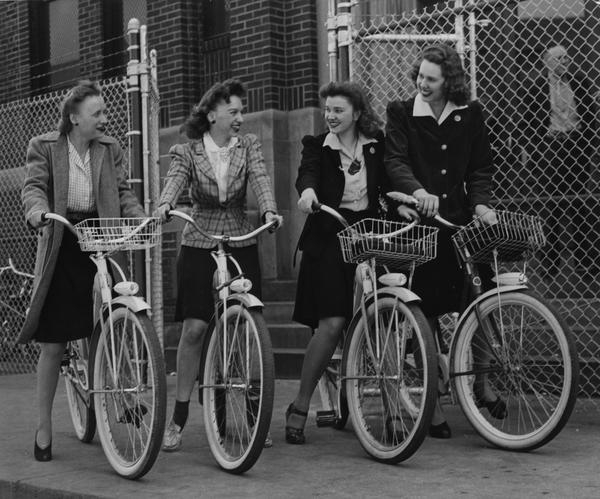In the nineteenth century, formalized education became increasingly more common. The importance of education, especially for women, is stressed in this letter from the Bishop of Wilmington to the Reverends in the Catholic Diocese of Wilmington in 1930.
The du Pont family has long standing beliefs concerning the importance of education. Pierre Samuel du Pont de Nemours (1739-1817) was an advocate for a national education system. Hagley contains a book entitled Traité de l'éducation des femmes, et cours complet d'instruction (Treatise on the education of women, and complete course of instruction) which contains copious marginal notes from du Pont de Nemours.
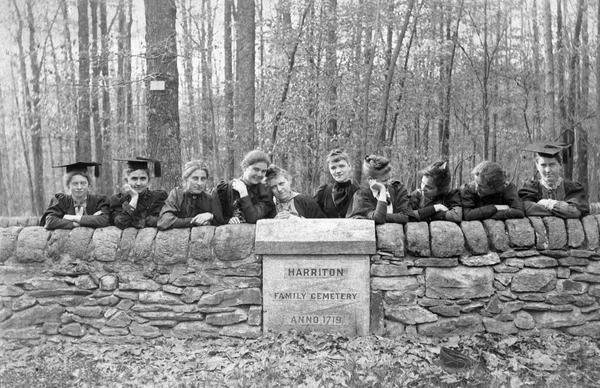 Women within the du Pont family were often educated at boarding schools such as Madame Rivardi’s female seminary, away from the familial home. Victorine du Pont Bauduy (1792-1861), Evelina du Pont Bidermann (1796-1863), and Eleuthera du Pont Smith (1806-1876) all received schooling, and their materials are in E.I. du Pont's daughters' papers.
Women within the du Pont family were often educated at boarding schools such as Madame Rivardi’s female seminary, away from the familial home. Victorine du Pont Bauduy (1792-1861), Evelina du Pont Bidermann (1796-1863), and Eleuthera du Pont Smith (1806-1876) all received schooling, and their materials are in E.I. du Pont's daughters' papers.
Bauduy, Smith, and Sophie M. du Pont (1810-1888), established the Brandywine Manufacturers Sunday School (BMSS), financed by Éleuthère Irénée du Pont (1771-1834) and located on his property, to serve the children of local manufacturing workers. The du Pont women were instrumental in running and maintaining the school for its students, both boys and girls.
Victorine du Pont Kemble (1825-1887) and Emma Pauline du Pont (1827-1914) attended boarding school in Philadelphia, Pennsylvania. The Du Pont, Kemble, De Forest family correspondence contain letters from Victorine du Pont Kemble during her time at boarding school.
Cornelia Meigs (1884-1973) attended Bryn Mawr College. Some of her yearbooks and other materials relating to her collegiate life can be found in the Meigs family papers. Alice Hamilton (1869-1970) was educated at the University of Michigan Medical School and served on the faculty of the Women’s Medical School of Northwestern University in Chicago and later, Harvard University. The Digital Archives hold a collection of her written work on her research in industrial toxicology. Grace Hopper (1906-1992), prominent computer scientist, was a student at Vassar College, where she later taught, and Yale University. Hopper worked for the Sperry Rand Corporation in the UNIVAC Division.
The National Association of Manufacturer’s Education Department was formed in 1949 to aid students and teachers in achievement in academics through the intersection of industry and education. Catalyst’s collection includes publications surrounding the topic of education in relation to women.




